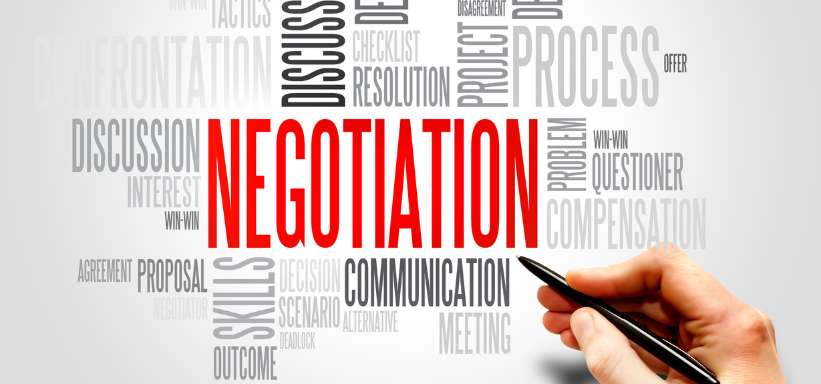Executive Summary
-
AI is revolutionizing international trade negotiations by enhancing efficiency and accuracy.
-
This article explores the benefits and challenges associated with AI-driven trade negotiations.
-
Learn about real-world applications and expert insights into incorporating AI strategies.
-
Discover tools and resources to help leverage AI in global trade agreements.
Introduction
In an era where global trade agreements shape the economic landscape, the integration of artificial intelligence (AI) into trade negotiations promises unprecedented efficiency and precision. As businesses and governments strive to navigate complex international markets, understanding AI’s role in this arena becomes crucial. This article dives into how AI is transforming trade negotiations, offering insights for investors, policymakers, and corporate leaders.
Main Body
Definitions / Context
AI-driven trade negotiations refer to the use of artificial intelligence technologies to enhance the process of formulating and executing international trade agreements. This involves leveraging machine learning algorithms, natural language processing, and data analytics to streamline decision-making and predict outcomes.
Benefits / Pros
-
Increased Efficiency: AI can quickly analyze vast amounts of data, reducing the time needed for negotiations.
-
Enhanced Accuracy: By minimizing human error, AI ensures more precise agreement terms.
-
Predictive Insights: AI models can forecast potential market changes and negotiation outcomes, aiding in strategic decision-making.
-
Cost Reduction: Automating routine negotiation tasks can substantially cut down operational costs.
Risks / Cons / Challenges
-
Data Privacy Concerns: Protecting sensitive information is critical when using AI in negotiations.
-
Bias in AI Algorithms: AI systems may inadvertently reflect existing biases, impacting negotiation fairness.
-
Regulatory Hurdles: Compliance with international laws and standards can complicate AI implementation.
-
Technological Dependence: Over-reliance on AI could diminish human expertise and intuition in negotiations.
Step-by-Step Process
How to Implement AI in Trade Negotiations
-
Assess Needs: Determine specific negotiation processes that could benefit from AI.
-
Choose the Right Technology: Select AI tools that align with your negotiation goals.
-
Data Preparation: Collect and preprocess data to train AI models effectively.
-
Pilot Testing: Implement AI in a controlled environment to evaluate performance.
-
Full Deployment: Roll out AI solutions across negotiation teams after successful testing.
-
Continuous Monitoring: Regularly review AI outputs to ensure accuracy and relevance.
Consider a multinational corporation that integrated AI into its trade negotiation strategy. By employing AI-driven analytics, the company reduced negotiation time by 30% and improved contract accuracy, leading to a significant increase in successful agreement outcomes.
Expert Tips / Strategic Insights
-
Adopt a Hybrid Approach: Combine AI tools with human expertise for optimal results.
-
Invest in Training: Ensure teams are proficient in AI technologies to maximize benefits.
-
Stay Informed on Regulations: Keeping abreast of changes in AI-related laws is vital to maintaining compliance.
-
Collaborate with Tech Experts: Partnering with AI specialists can enhance implementation and problem-solving.
Tools / Resources / Calculators
-
AI Negotiation Platforms: Explore tools like IBM Watson and Google Cloud AI for negotiation enhancements.
-
Data Analytics Software: Use platforms like Tableau or Power BI for data visualization in negotiations.
-
Compliance Checklists: Access online resources for staying updated on international AI regulations.
Conclusion
AI is undeniably reshaping the future of global trade negotiations by offering enhanced efficiency and predictive capabilities. While challenges exist, strategic implementation can yield significant benefits. To stay competitive, businesses and policymakers must embrace AI innovations in trade discussions.






















